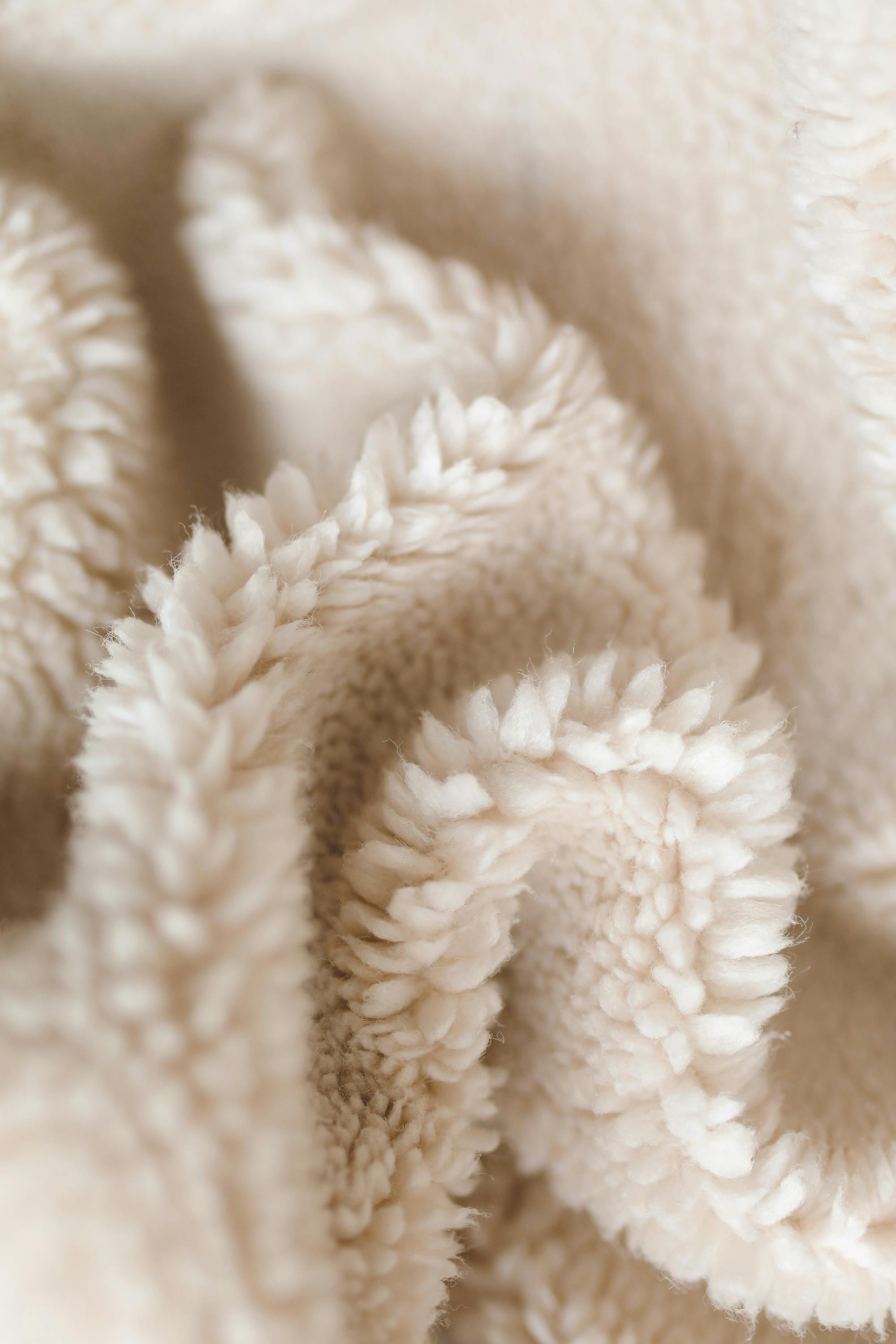
Effective Ways to Clean Printer Heads for Optimal Performance in 2025
Maintaining your printer's performance is crucial, particularly in an era where reliable printing solutions are key for both home and business use. One of the most important aspects of printer maintenance is knowing how to clean printer heads. This article explores various methods, tools, and techniques that ensure your printer continues to deliver exceptional print quality while preventing issues associated with clogged nozzles.
Understanding Printer Head Maintenance
Proper printer head maintenance is vital for achieving high-quality print outputs. Regular cleaning can prevent clogs that may lead to poor print quality or malfunctioning printer heads. Common reasons for degraded print quality include dust accumulation, dried ink, or air bubbles within the ink supply. By incorporating a printer cleaning routine into your regular maintenance schedule, you can improve ink flow and keep your printouts sharp and vibrant. Understanding how often to clean printer heads is also crucial; depending on usage, a regular schedule can prevent serious buildup and damage over time.
Choosing the Right Cleaning Solutions
When it comes to printer cleaning solutions, you have various options. Many users find that DIY cleaning methods can be cost-effective and efficient. Common homemade solutions include a mixture of distilled water and isopropyl alcohol, as these ingredients are less harmful to printer metals and can effectively dissolve ink buildup. For more robust cleaning needs, consider using commercial printer head cleaning kits, which are specifically designed to unclog print head nozzles. Each cleaning solution works differently, so experimenting to find what best suits your printer model—be it Epson, HP, or Canon—can yield the best results.
When to Perform Printer Head Cleaning
Understanding when to clean printer heads is essential for maintaining optimal performance. If you notice streaks or faded areas on your printed documents, it’s a clear indication that your printer heads need attention. Regular checks for print quality improvement are recommended every few weeks, especially if you print frequently. Additionally, if your printer remains idle for prolonged periods, dust and dried ink can accumulate, causing clogs in your printer head. Therefore, implementing a routine check even during low usage can help preserve print clarity.
DIY Printer Head Cleaning Techniques
Knowing how to effectively clean printer heads using DIY methods can save you time and money while ensuring that your printer remains in excellent working condition. Below, we outline a step-by-step process for a thorough cleaning.
Step-by-Step Guide for DIY Cleaning
1. Start by turning off your printer and unplugging it for safety. Remove the ink cartridges to prevent any accidental spills. 2. Prepare your cleaning solution; either distilled water or a specific printer head cleaning solution types can be used. 3. Soak a lint-free cloth in your cleaning solution, then gently wipe the printer head and its surrounding area to remove any surface debris. 4. Use a syringe or dropper to apply your cleaning solution directly to the nozzle area and allow it to sit for at least five minutes. 5. Reinstall the cartridges, plug the printer back in, and run a test print to check for even in-flow of ink.
Benefits of Regular Cleaning
Regular cleaning significantly enhances your printer head performance. This not only restores print quality but also extends the life of your printer. By preventing ink buildup, you ensure that ink circulation systems remain unclogged, resulting in smooth printing operations. The benefits also extend to reduced printer maintenance costs since many problems arise from neglected cleaning cycles.
Printer Head Troubleshooting Tips
Despite thorough maintenance, you may encounter issues with printer head troubleshooting. Understanding these problems can save you much frustration and expense.
Identifying Common Issues
Common symptoms of poor printer head function include streaks in prints, inconsistent colors, or, in severe cases, complete blockages. Problems such as clogged nozzles arise from dried ink and prolonged periods of inactivity. Understanding the specific model’s manual can offer insights into typical issues faced and recommended solutions.
How to Fix Printer Heads
To address a blocked printer head, start with running the printer’s built-in cleaning cycle. For more stubborn clogs, a manual cleaning may be necessary as discussed previously. Regularly schedule maintenance checks and ensure that any low ink levels are promptly attended to, as ensuring printer longevity can greatly improve performance and avoid the risk of replacing vital parts.
Using Printer Cleaning Cartridges
If problems persist, employing a printer cleaning cartridge can be an effective solution. This specialized cartridge contains a cleaning agent that helps dissolve clogs without risk to the printer. Insert the cleaning cartridge as you would a regular ink cartridge, run the printer head cleaning cycle, and follow up with several test prints to confirm improvement.
Implementing Best Practices for Printer Care
Emphasizing best practices in your everyday printer maintenance tips guarantees prolonged usability and optimal performance.
Creating a Maintenance Schedule
Scheduling routine maintenance checks fosters a proactive approach to printer care. Consider implementing a weekly check for ink levels and a monthly cleaning regime. Programs that remind you of maintenance needs can also be beneficial. This organized effort significantly reduces the likelihood of encountering serious issues that may require extensive repair work.
Assessing Print Quality Regularly
Frequently inspecting print quality allows for early detection of possible issues. Should your prints begin showing signs of deterioration, such as poor alignment or fading, addressing it promptly with basic maintenance can safeguard long-term functionality.
Embracing Preventive Measures
Preventive measures include using quality ink cartridges tailored for your specific printer type, and protecting your printer from extreme dust or debris that can hinder operation. Incorporating such habits into your printing process leads to less hassle and a more dependable printing experience.
Key Takeaways
- Regularly clean printer heads to maintain optimal performance and prevent clogs.
- Utilizing DIY methods and suitable cleaning solutions can significantly enhance print quality.
- Routine checks of print quality allow for timely interventions and reduce costs associated with printer repair.
- Keeping an organized maintenance schedule is key to ensuring long-lasting printer functionality.
FAQ
1. What is the best way to clean printer heads effectively?
The best way to clean printer heads involves using a combination of commercial cleaning solutions and DIY methods. Utilize distilled water or a specialized cleaning solution, soak a lint-free cloth, and carefully clean the nozzle area.
2. How often should I perform printer head cleaning?
Cleaning your printer heads should be part of your regular printer maintenance checks. Ideally, check every few weeks for frequent users and more regularly if prints start to show signs of quality deterioration.
3. Can I use regular water to clean my printer heads?
While distilled water can work effectively, it’s recommended to use an approved printer cleaning solution for better results and to avoid damaging delicate printer internals.
4. What should I do if my printer does not improve after cleaning?
If there is no improvement despite thorough cleaning, consider checking for deeper issues such as clogged nozzles beyond reach or even potential damage to the printer head itself. Seek professional assistance if needed.
5. How can I prevent ink buildup in my printer heads?
To prevent ink buildup, maintain a regular cleaning schedule, use high-quality cartridges, and consider running a cleaning cycle after long periods without using your printer.
By following these guidelines, you not only enhance the performance of your printer but also reduce the chances of frequent repairs and service, leading to smoother printing experiences.

